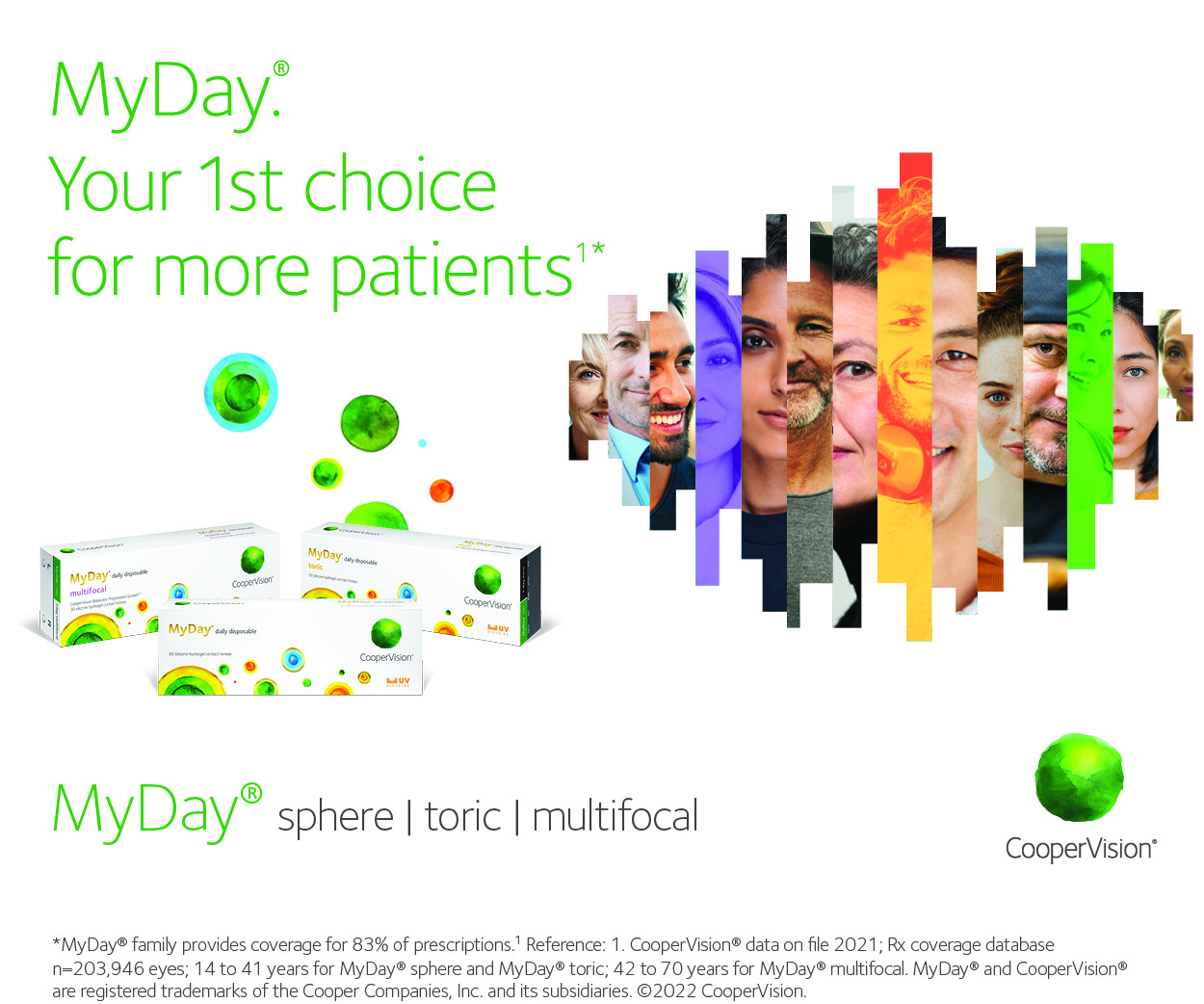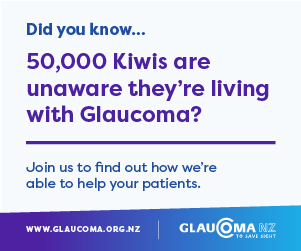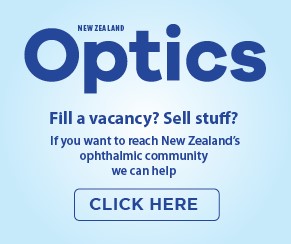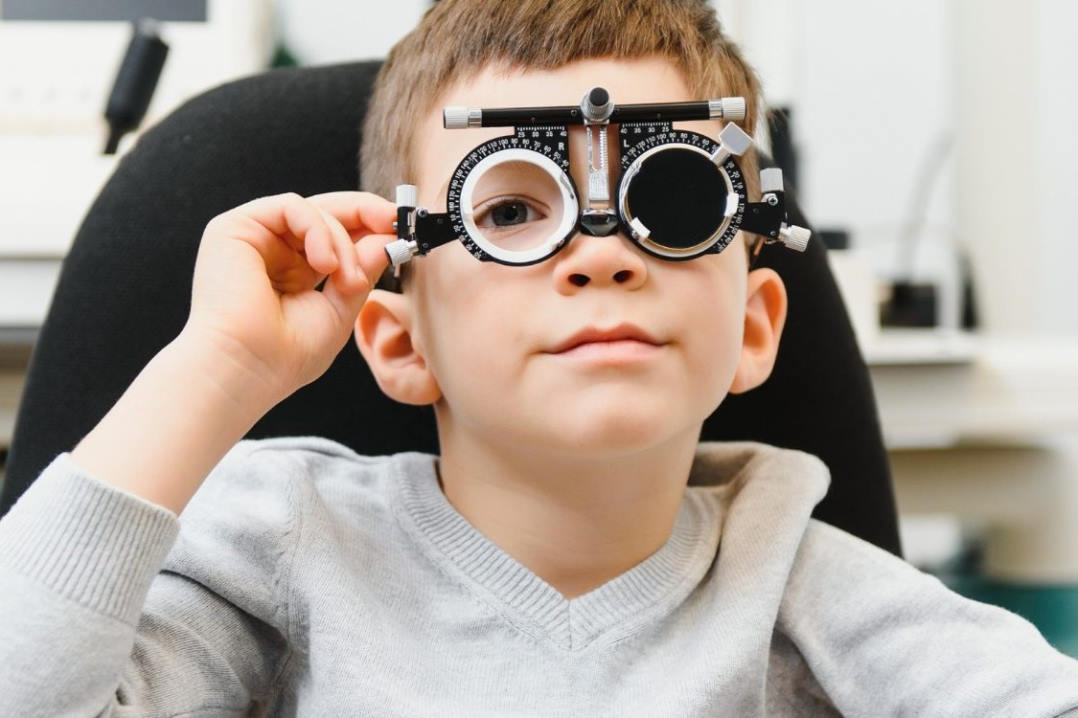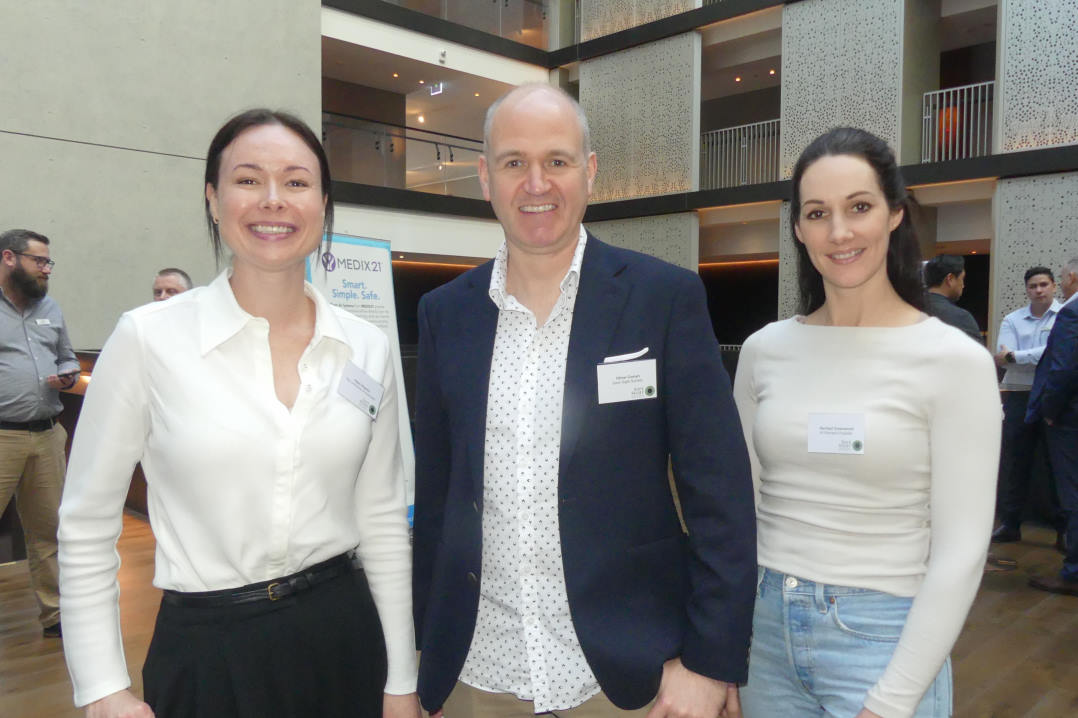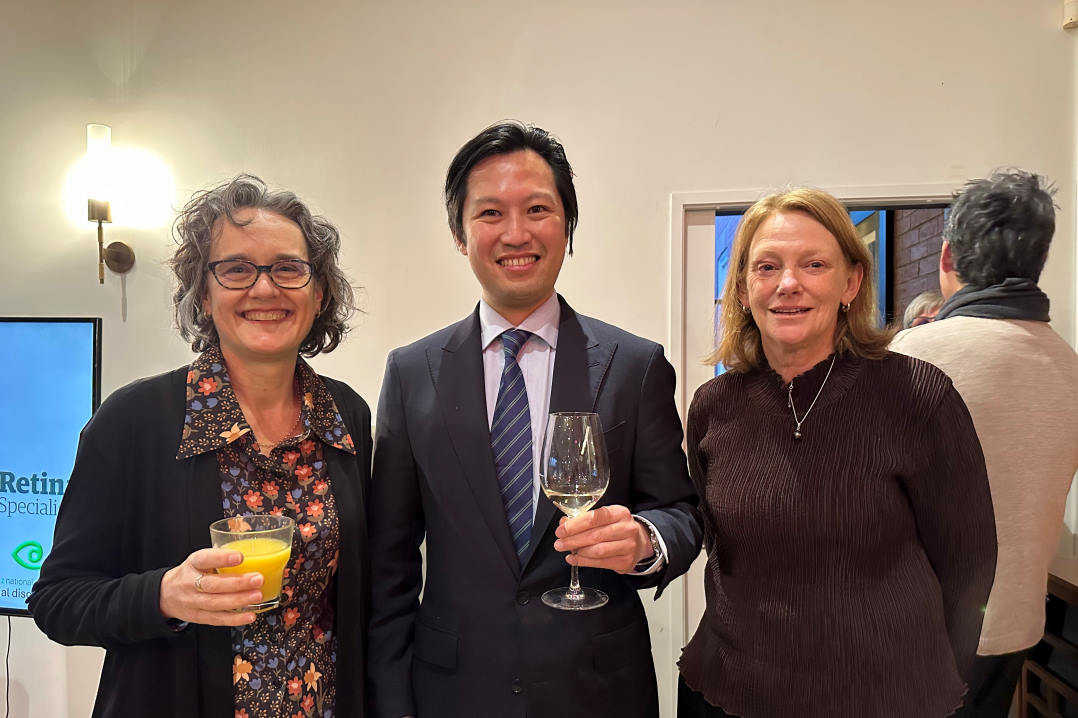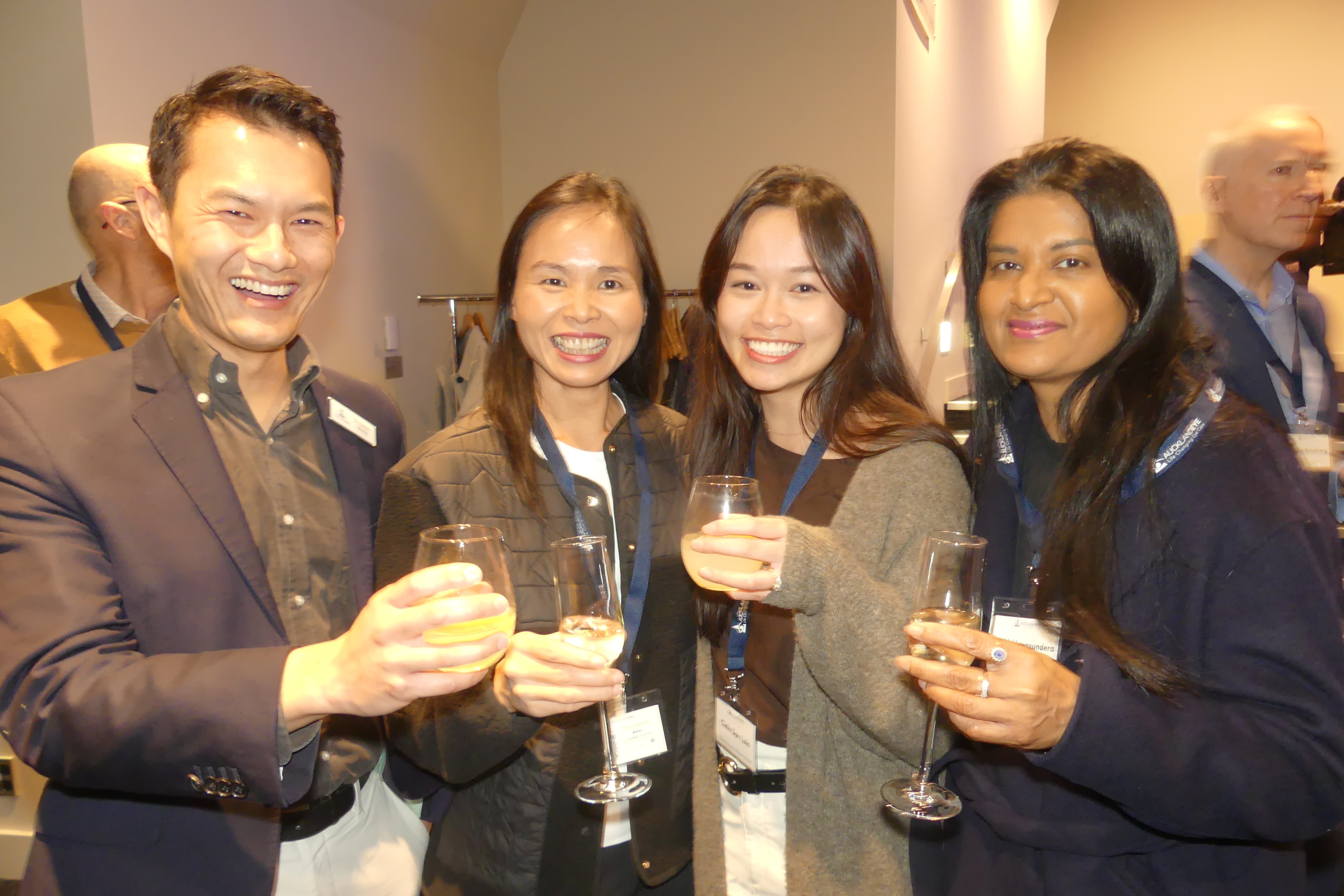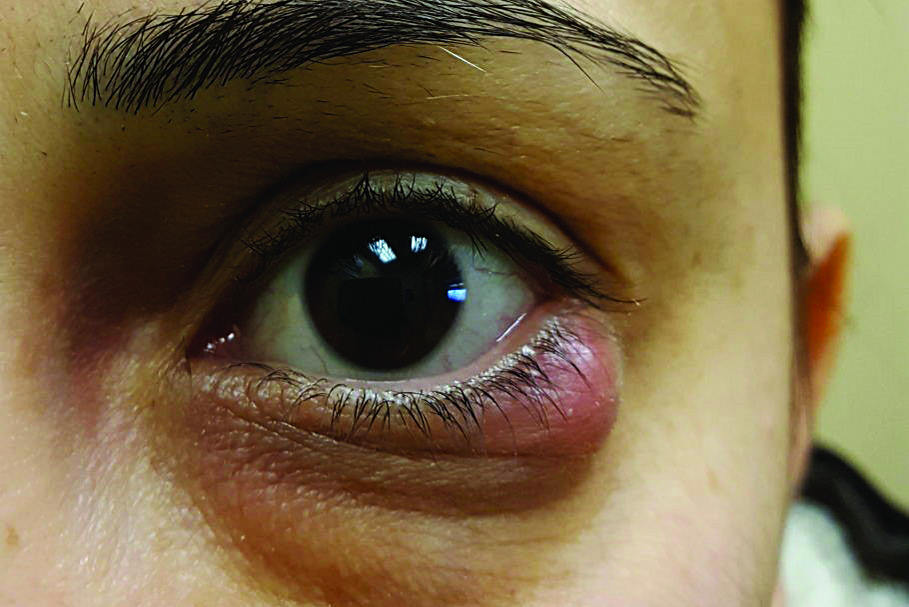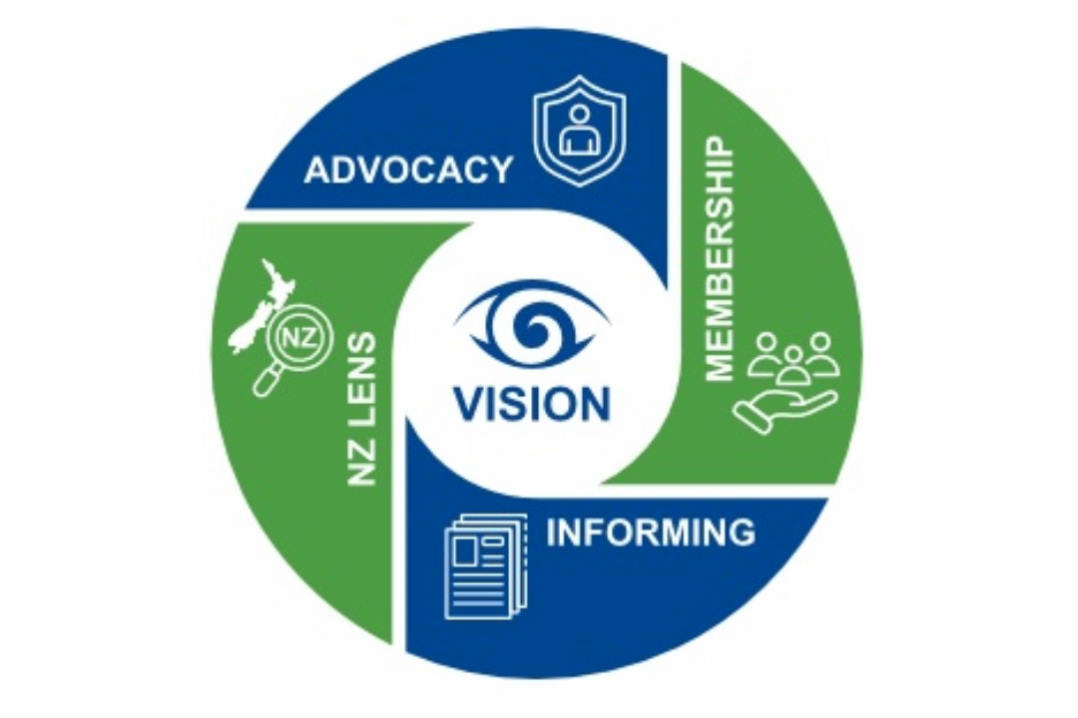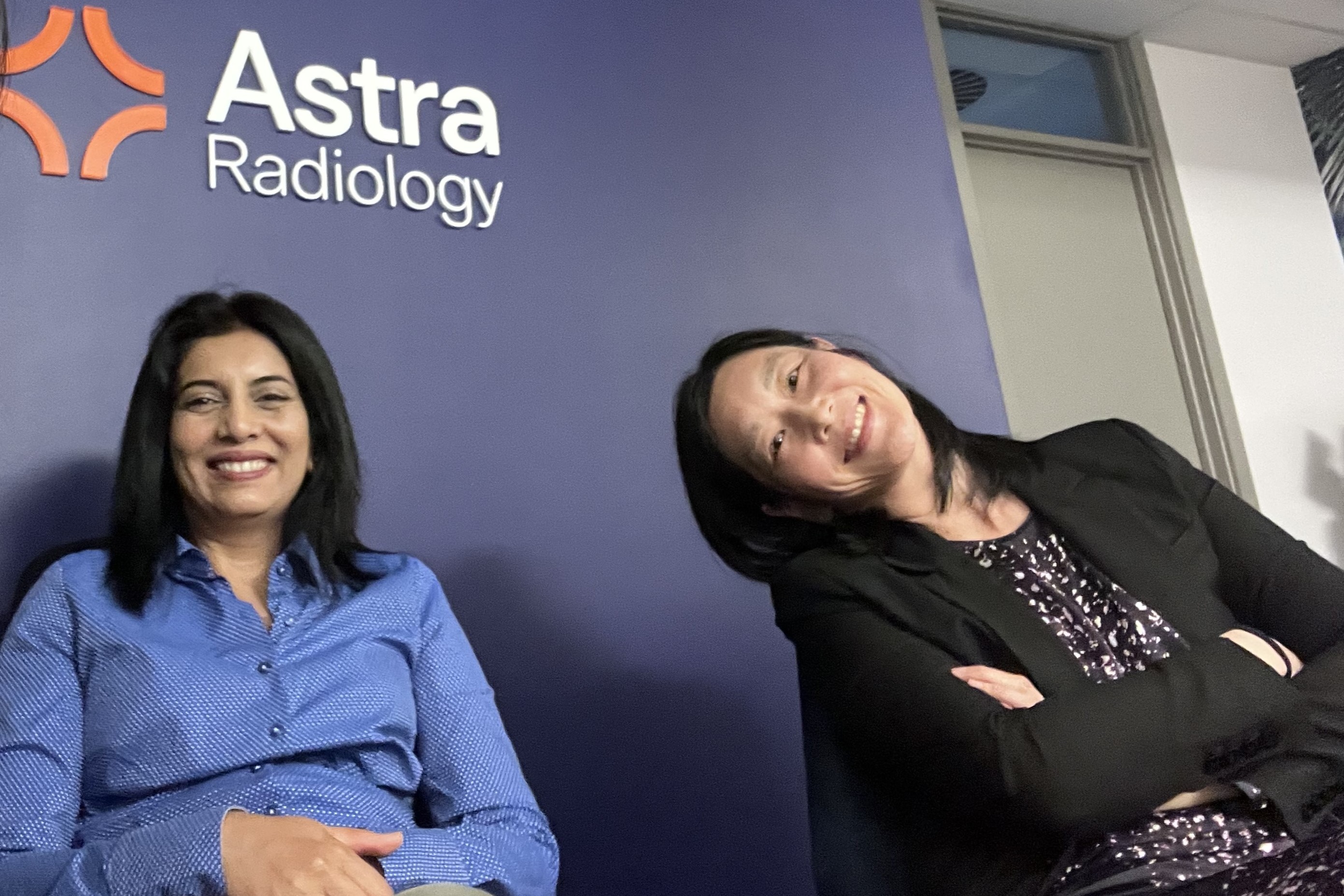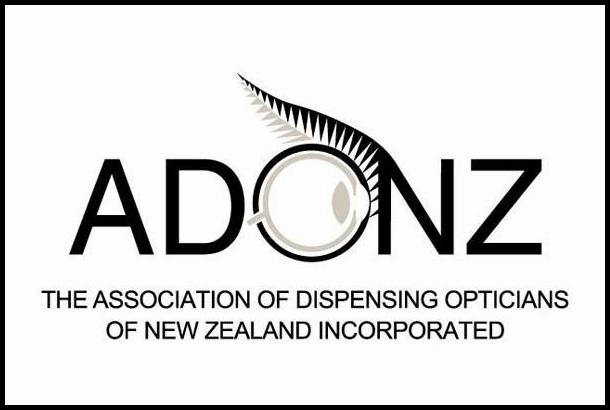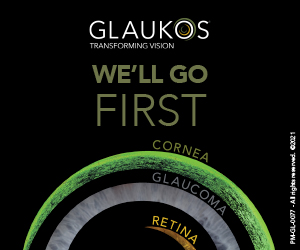Eyecare gems to help kids sight
Greenlane Eye Clinic recently held its second Eyes on Collaboration seminar focusing on paediatric eye care and enhancing collaboration between community optometrists and the hospital eyecare team.
The evening started with a remote presentation by Dr Samantha Simkin about the additional support services paediatric patients can benefit from, including the guidelines for Enable New Zealand funding. She emphasised this is a limited resource that relies on practitioners ensuring that claims meet the guidelines. Dr Simkin included details about the standard and high-level subsidies and the process to claim under genuine and exceptional circumstances. She also highlighted the support services provided by Blind Low Vision Education Network New Zealand (BLENNZ), Blind Low Vision New Zealand, Parents of Vision Impaired New Zealand and Kāpō Māori Aotearoa.
A discussion of retinopathy of prematurity (ROP) screening by Dr Annika Quinn, a University of Auckland paediatric ophthalmology fellow, highlighted the risk factors for developing ROP (low birthweight, young gestational age, high unregulated oxygen at birth or fluctuations in oxygen and poor postnatal growth) and detailed how retinopathy is graded and the current treatment paradigms. Dr Quinn described the follow-up of screened children and outlined a range of recent research studies evaluating the use of anti-VEGF agents in the treatment of ROP.

Eyes on Collaboration paediatric eyecare speakers Dr Samantha Simkin, Carly Henley and Dr Annika Quinn
I followed Dr Quinn with a talk about red flags in paediatric patients, including cases of strabismus caused by systemic conditions, swollen optic nerves, nystagmus or leukocoria. I highlighted a difficult case of unexplained and inconsistent visual results, emphasising that functional vision loss is a diagnosis of exclusion and the diagnosis of amblyopia requires the presence of an amblyopia risk factor. It is important to be aware that ocular complications of high myopia can occur even in young children, as illustrated with a case of retinal detachment in a five-year-old. For such children, co-management with a paediatrician to diagnose and treat co-existing systemic conditions is vital.
Auckland optometrist Deborah Chan explained contact lens fitting and postoperative management for aphakic young babies following cataract extraction. This included a video of contact lens insertion for a very compliant young patient!
Allied Health team leader and orthoptist Carly Henley presented on sixth-nerve palsies in children, reviewing the anatomical course of the sixth cranial nerve, highlighting its vulnerability to various conditions. Through a range of clinical case studies, she illustrated unique presentations of sixth-nerve palsies and their likely aetiologies. These included recurrent cases caused by viral illness, raised intracranial pressure, brainstem tumours, vitamin A toxicity and, rarely, trauma. Henley said achieving optimal outcomes for children presenting with diplopia and sixth-nerve palsy requires early recognition and thorough investigation to determine the aetiology.
Special thanks to Ophthalmic Instrument Company for its sponsorship of this event. The evening was a great opportunity for optometrists from the hospital and the community to discuss all things paediatric and I’m looking forward to the next Eyes on Collaboration evening!

Dr Rebecca Findlay is a paediatric optometrist working in the ophthalmology department in Counties Manukau and at BLENNZ and a research fellow with the School of Optometry and Vision Science at the University of Auckland.





